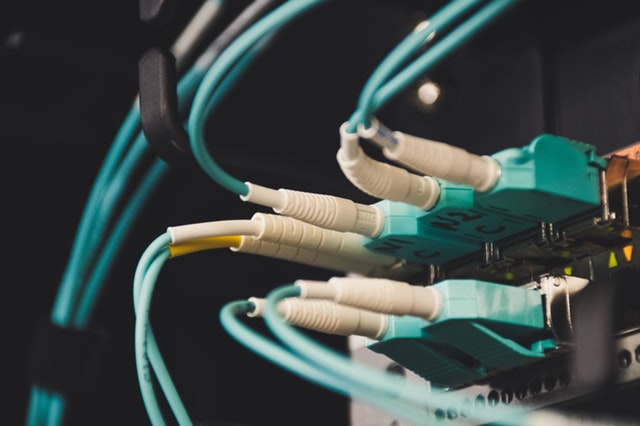If you want to create an internet service in my area you must know about the types of internet. These are the most common types of Internet connection and their differences.
DSL – Digital Subscriber Line (DSL) is a telephone line-based Internet service in my area. Unlike the old dialup technology, you can also use the telephone line online. This is usually the cheapest but cheapest option and can be used extensively.
Cables – Wired Internet is often faster than DSL, but the number of users in your area may vary. Cable contacts provide faster download speeds (usually around 50 Mbps), but slower uploads (about 5 or 10 Mbps).
Fiber Optic – The latest and fastest connection type available. Fiber connections have super-fast uploads and download speeds (typically 100 Mbps and above). As a direct connection, your internet will not be slow due to other users in your area.
T1 / T3 – A dedicated telephone line-based Internet connection that does not bind to your phone line when used as a DSL. In the past, this was the only way to get reliable high speed internet (up to ~ 45 Mbps) for the office. However, they have become rare with the expansion of fiber optic contacts.
Generally, a fiber optic connection is the best option for an office with multiple internet users. If fiber is not available in your area, cable is a good alternative, and DSL is a reliable and cost-effective choice. There are many different aspects of Internet service delivery that you can set up in an ISP that focuses on a specific market segment to stay out of the competition.
Start your own ISP
Starting from scratch to your internet service provider and providing your own internet services is the most difficult and expensive option – and not of any other ISP – requiring very complex skills, equipment, and high investment. First, you need to find a facility where your hardware is housed. You also need to install a reliable cooling system because the device will be damaged when it is overheated. There are many options for communication, however. Fiber optic cable, Wi-Fi, pairing arrangements and Ethernet. Some methods are more expensive and require more agility than others.
Market research
Once you find that you have identified a need in the market, it is time to do a thorough market research and make sure that your interest in the service is substantial and that you Will be successful in delivering profitable. It is important to develop a long-term business plan that defines the business plan. In particular, it should be noted how a company can expand its reach and differentiate it from existing players, but also new market participants.
Legal considerations
Before you begin, you need to make sure all the legal fields are checked.
First and foremost, you need to make sure you have a working license in the country you select. It may take some time, or not at all, to get this license in place. I always recommend that you know the regulatory experts in the market you are planning to build.
Develop IP addresses and ASNs
The next thing is to retrieve an Internet Protocol (IP) and an Autonomous System Number (ASN) resource from the Local Regional Internet Registry (RIR).
Be transparent and peer-to-peer
Transit ISP quotes are the lives of big internet-connected. There is no single provider that receives it directly from all other networks on the Internet, so data is transmitted across many other transit networks. IP Transit is purchased by transit providers such as Work line Communications. Transit providers have different geographical strengths, depending on how well their network is set up. Deciding on your network topology is crucial to success and usually requires expert advice. Most ISPs receive transit from multiple providers with different pricing and service level agreements. Peering into Internet exchanges (IXs) is another important aspect to reduce costs or improve performance.
Find a carrier impersonal device
Carrier-neutral data centers enable communication between the parties that are facilitated. Using a vendor-neutral data center, you can switch providers or physically move or connect with multiple vendors without having to deploy more infrastructure to another location. The Career Neutral Data Center enables ISPs to respond to the evolving market and keep options open to carriers and service providers.
Get Infrastructure
The next step is to invest in your physical infrastructures, such as routers and switches. The selection of devices is determined by the design and topology of your network.
Final structure
Now that something is in your place, only the final setup is available. This means that you have transit and peer-to-peer communications and what about configuring routers and switches. After months of planning, you are now fully prepared to open your doors to the ISP area.








Read 0 comments and reply